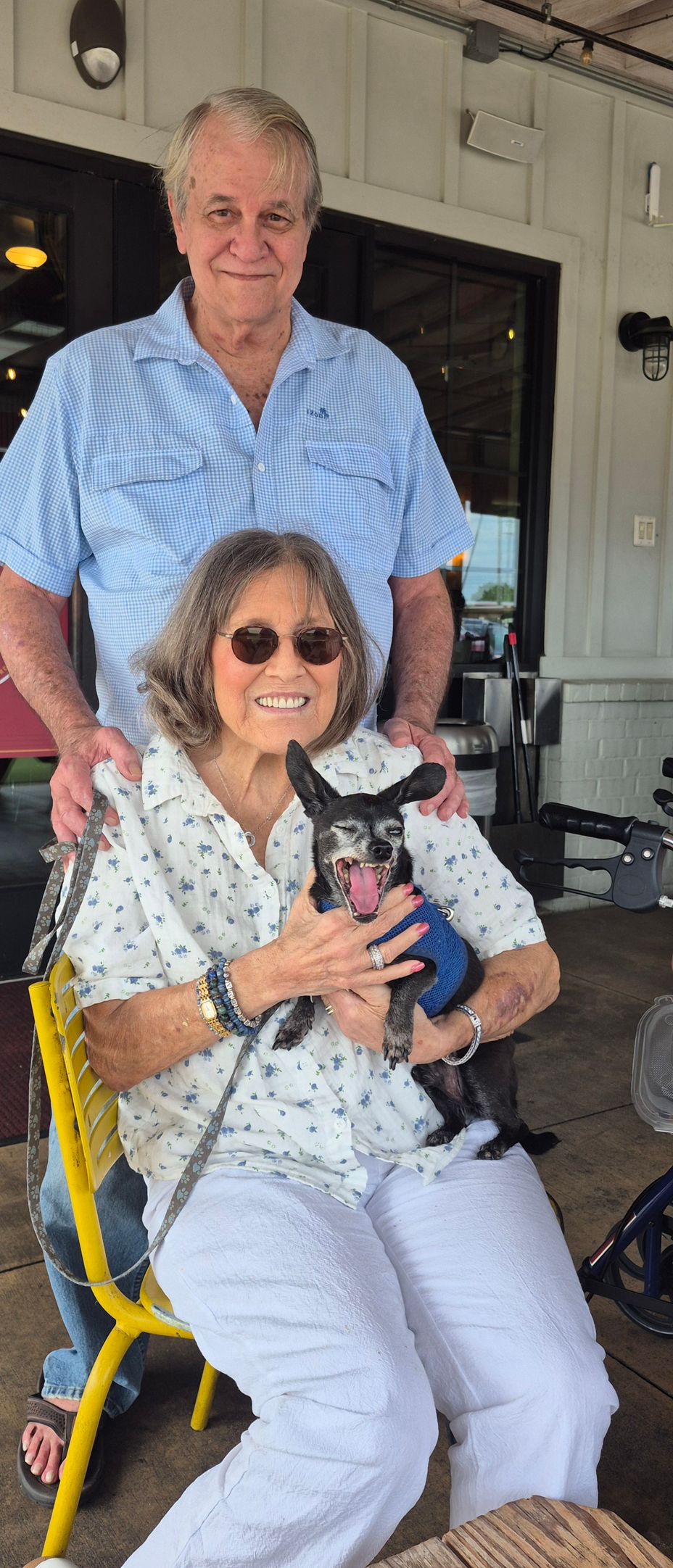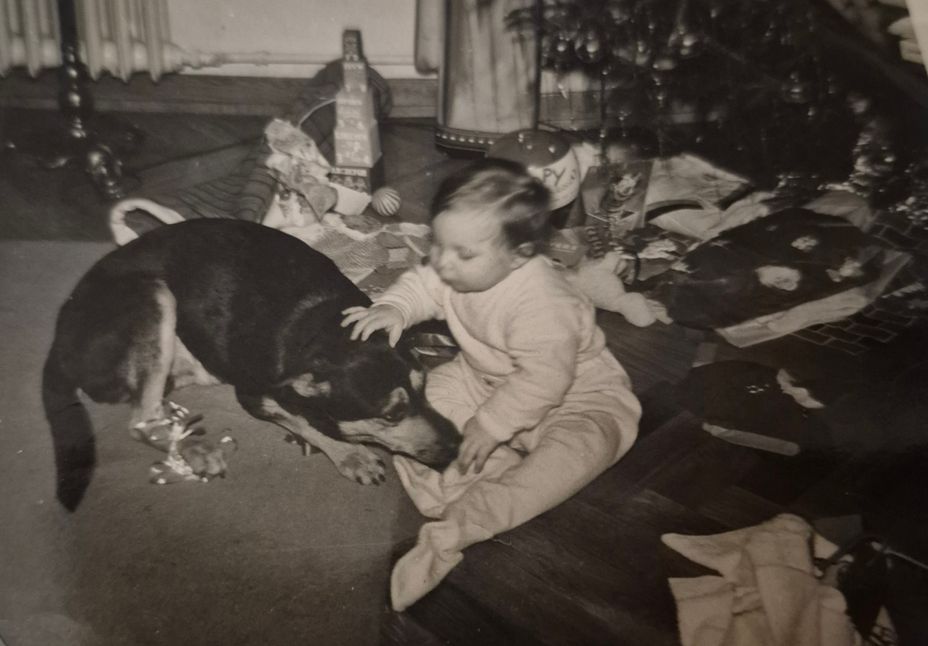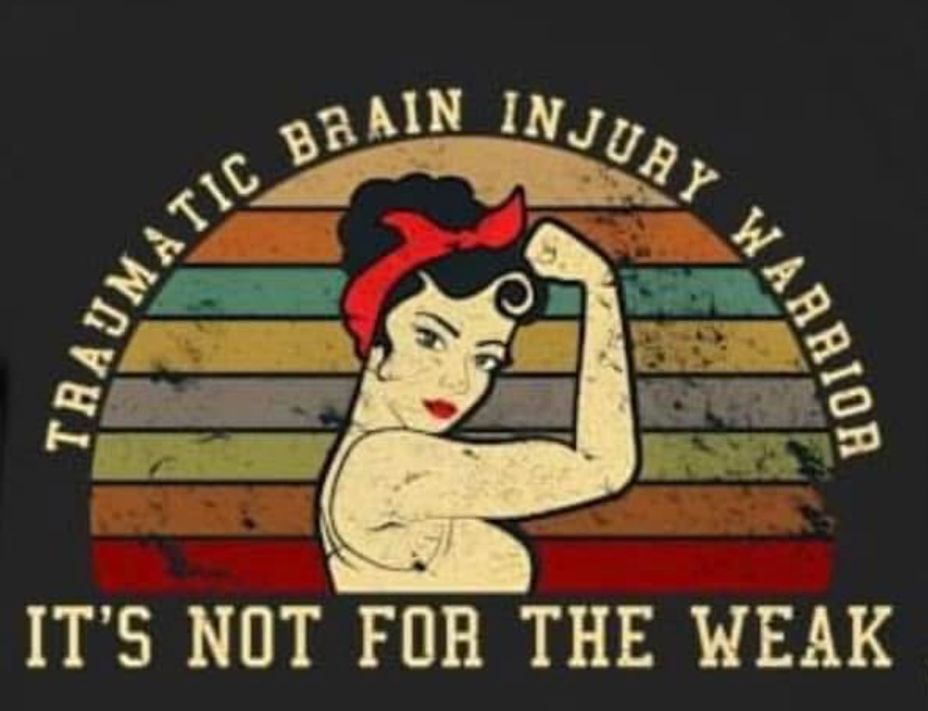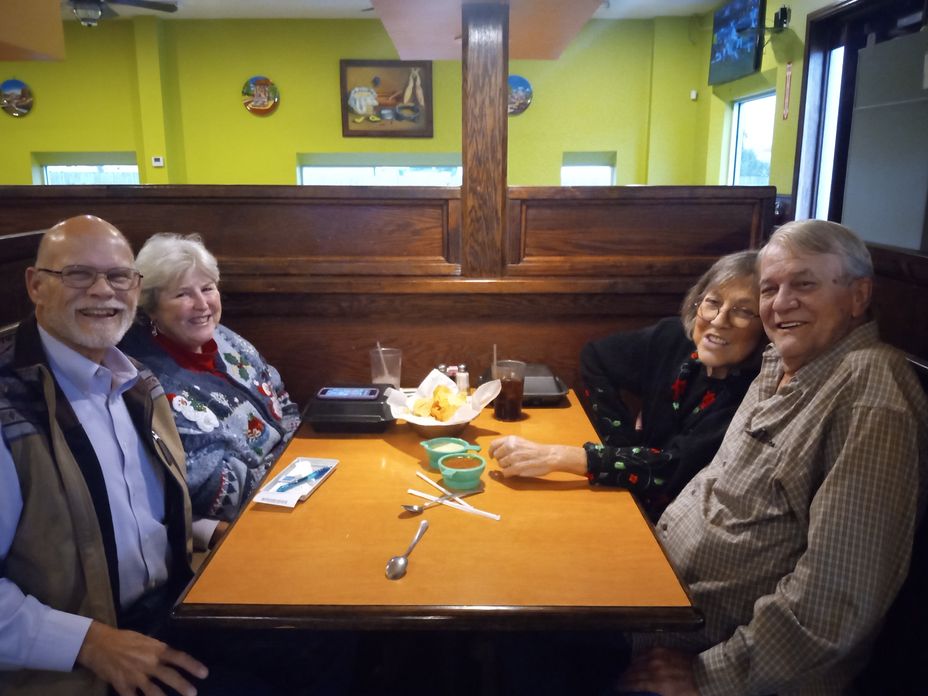River Oaks Elementary school, Houston Texas used to be huge! But has certainly gotten smaller since 1963!📚
Or did I grow up?
I met my (still) BFF there. She's an attorney. I worked as in probation, miles apart. 🧑🦳
Here we are, Christmas 2024.,
My family has COVID. Guy's family is all sick. He's getting over a cold, complete with cough! The dogs and I are fine, so far! Guy went into 3 stores, looking for Christmas wrap (no luck) and now everyone's sick anyways!😷
I was to bake today! Instead, the dogs and I took a nap, made+ate queso, drank an eggnog and put on my pajamas early.
Life is good. In fact, it's pretty funny at times!😁
Merry Christmas Mighty! Feliz Navidad! Just please don't let me wake up sick tomorrow.
I'll get one more small eggnog. With nutmeg on top.





